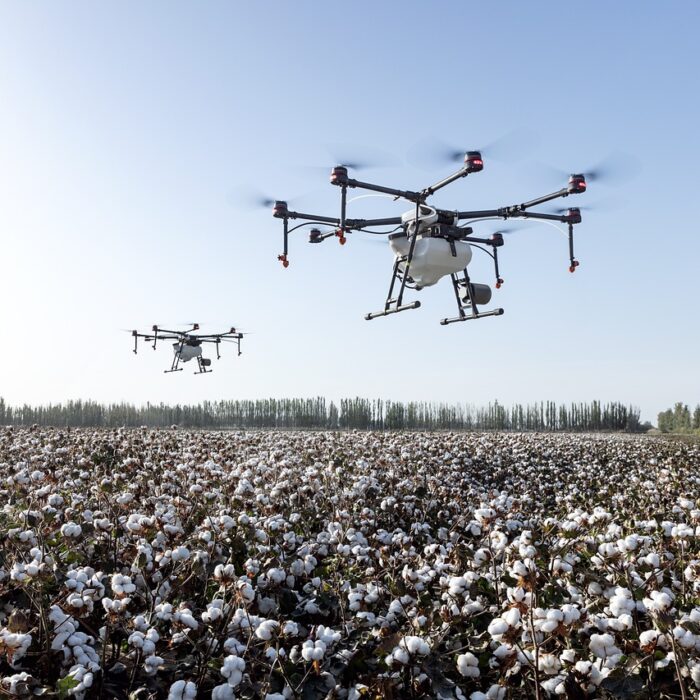As an HR professional or business owner, you understand that managing Workers’ Compensation (WC) costs and ensuring a safe work environment are crucial for your company’s success. Henriott Group’s WC Scorecard Analysis provides you with a powerful, data-driven roadmap to achieve these goals. By leveraging historical data and expert analysis, you can uncover specific trends and cost drivers that not only enhance employee safety but also lead to significant financial savings.
Beyond Traditional Loss Runs: A Multi-Layered Approach
Traditional loss runs provide a basic understanding of past claims, but they often lack the granularity needed for impactful decisions. Our analysis digs deeper, considering factors such as:
- Loss Development: Recent claims can continue to accrue expenses long after they’ve been closed. Our analysis estimates these “developing losses” to give a more accurate picture of your WC liability.
- Latent Losses: Unreported claims can impact future costs. We use statistical methods to account for potential latent losses, providing a comprehensive view of your WC risk profile.
- Industry Benchmarks: Comparing your performance against industry averages for metrics like claim frequency and medical severity helps identify areas for improvement and potential cost savings.
The Power of Granular WC Scorecard Metrics
Our WC Scorecard Analysis creates a customized report featuring key performance indicators (KPIs) tailored to your industry and risk profile. Examples include:
- Claims Frequency Rate: Tracks new claims per 100 full-time employees. A decreasing rate indicates a safer work environment and potentially lower future WC costs.
- Loss Ratio: Compares the total cost of claims to premiums paid. A lower ratio suggests a more efficient WC program.
- Medical Cost Containment Ratio: Measures the effectiveness of strategies to control medical expenses. A lower ratio indicates successful cost-containment efforts.
- Average Cost per Claim: Analyzing trends in this metric can help identify areas for cost reduction, such as early intervention and effective medical management.
- Claim Closure Rate: Tracks the percentage of claims resolved within a specific timeframe. A higher closure rate indicates efficient claims handling and lower administrative costs.
- Return-to-Work Rate: Measures the percentage of injured employees who return to work within a specific timeframe, indicating a focus on employee well-being and faster recovery.
- Recordable Incident Rate (RI Rate): Tracks work-related injuries and illnesses per 100 full-time employees. A decreasing rate suggests a safer work environment and potentially lower future WC claims.
Historic Workers Compensation Claim Costs
One way to confidently say your firm is performing well with safety and managing WC claims is to look at your NCCI WC Experience Modification Factor (Experience Mod). This is a numerical representation of your claims history compared to the expected costs for similar-sized entities.
- Experience Mod: An Experience Mod above 1.0 indicates worse-than-average claims history, while a mod below 1.0 indicates better performance. For example, a mod of 0.77 means your WC claims experience is 33% better than the industry average, which can lead to significant insurance premium savings.
Technical Expertise Meets Actionable Insights
By analyzing these granular metrics and trends, Henriott empowers you to:
- Identify Specific Trends: Uncover patterns in your claims history to target interventions that prevent future occurrences.
- Quantify Cost Savings Potential: Estimate potential savings by analyzing trends in metrics like average cost per claim and loss ratio.
- Develop Proactive Risk Management: Inform proactive strategies to minimize future claims and their severity through data-driven insights.
- Promote Employee Safety: Gain insights into factors contributing to workplace injuries and illnesses to foster a safer work environment.
- Benchmark Performance: Compare your WC program’s effectiveness against industry standards.
Beyond the Surface: Forensic Analysis of High-Cost Claims
Our analysis includes a forensic approach to high-cost claims, examining factors like:
- Cause and Hazards: Identifying the root cause of injuries to prevent similar future occurrences.
- Body Parts and Tenure: Understanding the types of injuries and demographics most affected to develop targeted prevention strategies.
- Claim Management: Assessing how claims were handled to identify areas for improvement, such as implementing early intervention strategies.
By examining these factors in detail, we can provide actionable insights to reduce the number and severity of high-cost claims, leading to significant cost savings.
Data Limitations and Lessons Learned: Impact of COVID-19
When analyzing WC data, it’s crucial to consider the impact of COVID-19. The pandemic caused severe disruptions to the economy and work environments, making it challenging to measure consistent claim trends before, during, and after the pandemic. For many clients, it makes sense
to use 2021 as a new baseline for measuring results, while still considering data from 2018 – 2020 for a comprehensive view.
Addressing the Current Labor Shortage: Benefits of Stronger Safety and WC Programs
The U.S. is currently facing a labor shortage, with millions of jobs unfilled and fewer workers available compared to pre-pandemic levels. According to the U.S. Chamber of Commerce, this shortage is affecting all industries and nearly every state. In this challenging environment, a robust safety and WC program becomes even more critical.
Employee Retention and Productivity Benefits
Investing in a strong safety and WC program not only reduces claim costs but also enhances employee retention and productivity. Employees who feel safe and supported are more likely to stay with their current employer, reducing turnover and the associated costs of hiring and training new staff. Moreover, a safer workplace leads to fewer injuries, which means less downtime and higher overall productivity.
Conclusion
Our WC Scorecard Analysis empowers businesses to move beyond reactive claims management. By leveraging historical data and expert analysis, Henriott equips you with the knowledge needed to proactively prevent incidents, control costs, and create a safer work environment for your employees.
Contact us today to learn how our WC Scorecard Analysis, combined with our risk management expertise, can generate a significant return on investment for your organization and optimize your WC program to reduce costs and foster a culture of safety and well-being for your workforce.
For more information about Henriott Group, visit www.henriott.com. For more information about Harpenau Insurance, visit www.harpenauinsurance.com.
About Henriott Group
Henriott is an independent Risk Management firm dedicated to helping clients prevent, manage, and recover from critical incidents. Working in both public and private entities through effective risk management, risk financing, commercial insurance, employee benefits, crisis management, contingency planning, and crisis response.
CONTACT
Grace Pritchett, Communications (765) 838-8610 | gpritchett@henriott.com
Zach Finn, Director of Risk Management (765) 429-50001 | zfinn@henriott.com




